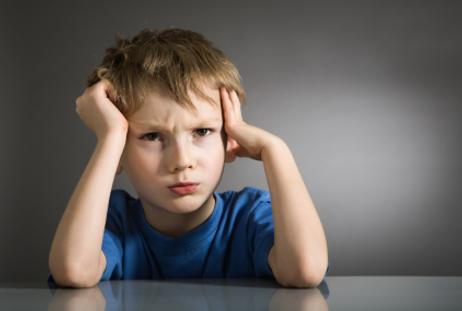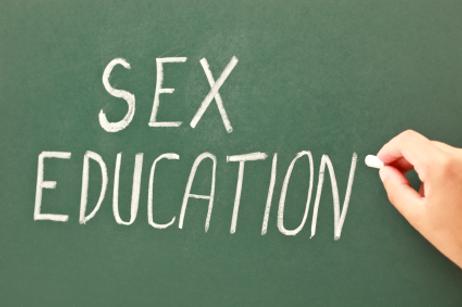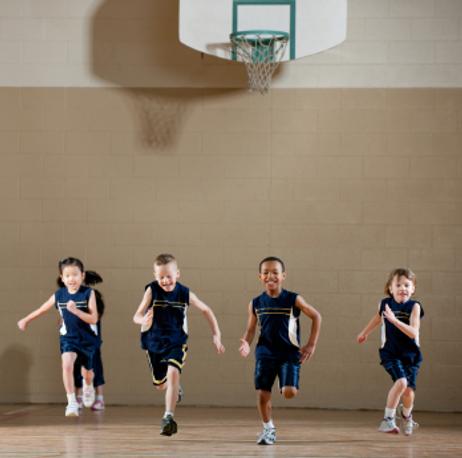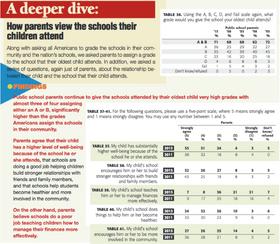As young children are introduced to new academic environments, they often exhibit problematic behaviors. These behaviors may appear as a child struggles to focus, exhibits negative attitudes, begins touching or hitting others inappropriately, and disrespects adults. Addressing and supporting behavioral issues in elementary school is a multi-faceted and collaborative process. By creating a positive and supportive classroom environment, implementing personalized behavior management strategies, teaching self-regulation skills, and fostering strong partnerships with parents and caregivers, educators can help students develop positive behavioral patterns, overcome challenges, and thrive academically and socially. By recognizing the unique needs of each child and providing the necessary support, we can nurture young minds and set them on a path to success.
Parental involvement is important in encouraging a child to act appropriately. Frequently, behavioral problems witnessed at home will manifest at school; therefore, only a joint collaboration between the parents and the teachers can help the student.
To teach students better modes of conduct and behavior, public schools have adopted specific early-intervention programs to help support both students and parents through the developmental process
Why Children Act Out
According to Diana Browning Wright of the Schwab Learning Foundation, specific negative behaviors may be exhibited as a result of a child’s specific learning disability, such as ADHD, autism, or other learning issues; however, many children without learning disabilities also exhibit problematic modes of conduct, as “success in school involves being able to complete work, stay organized, get along with kids and adults,






















